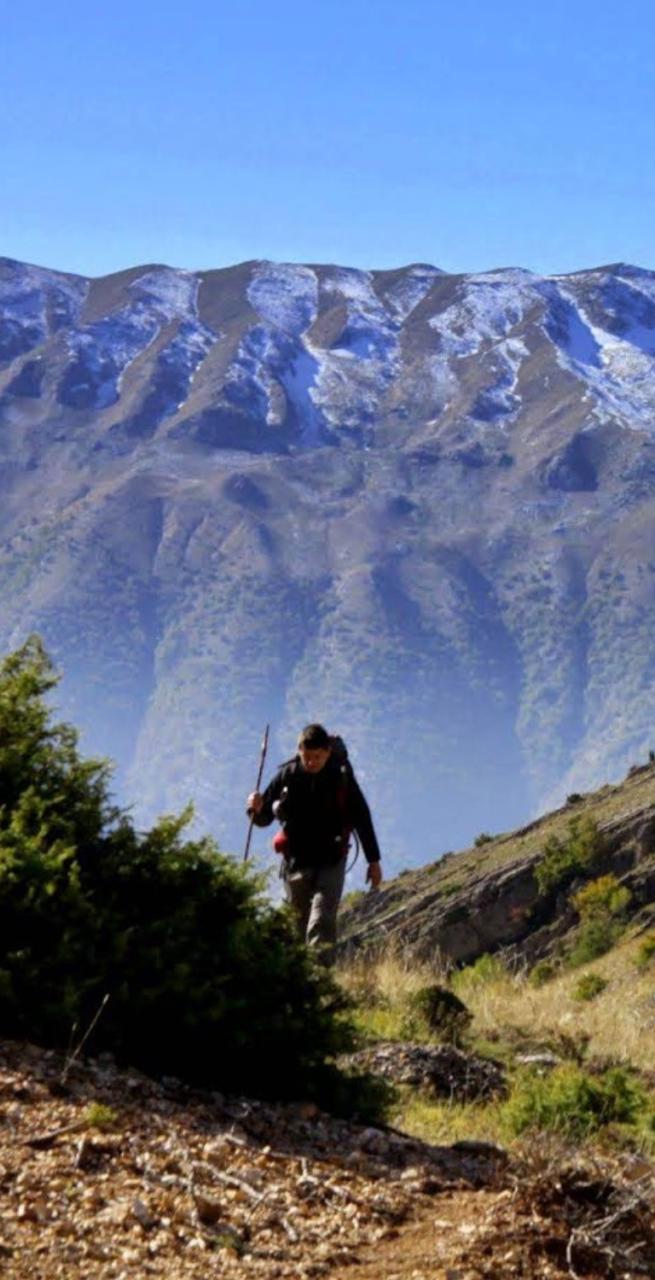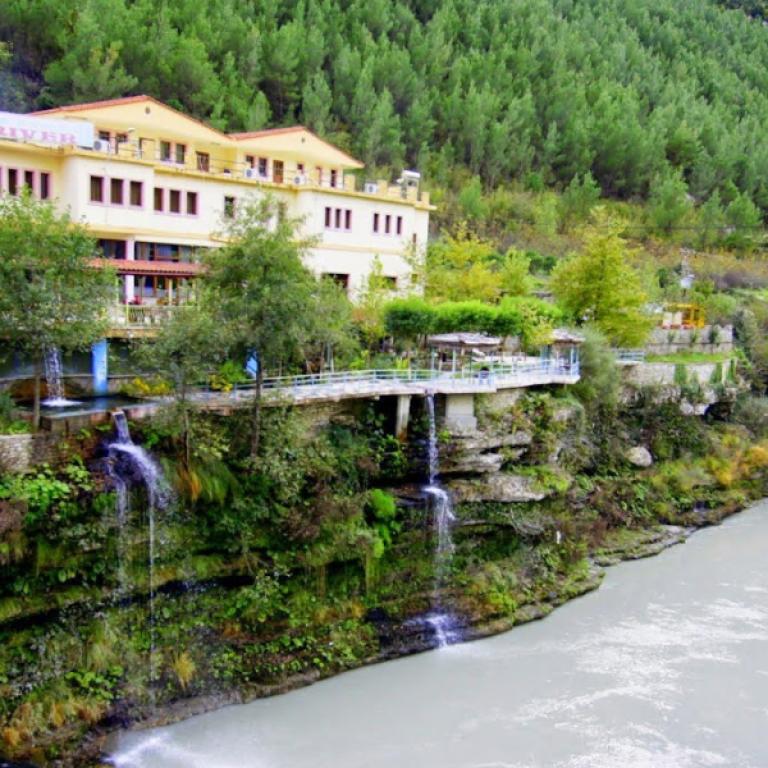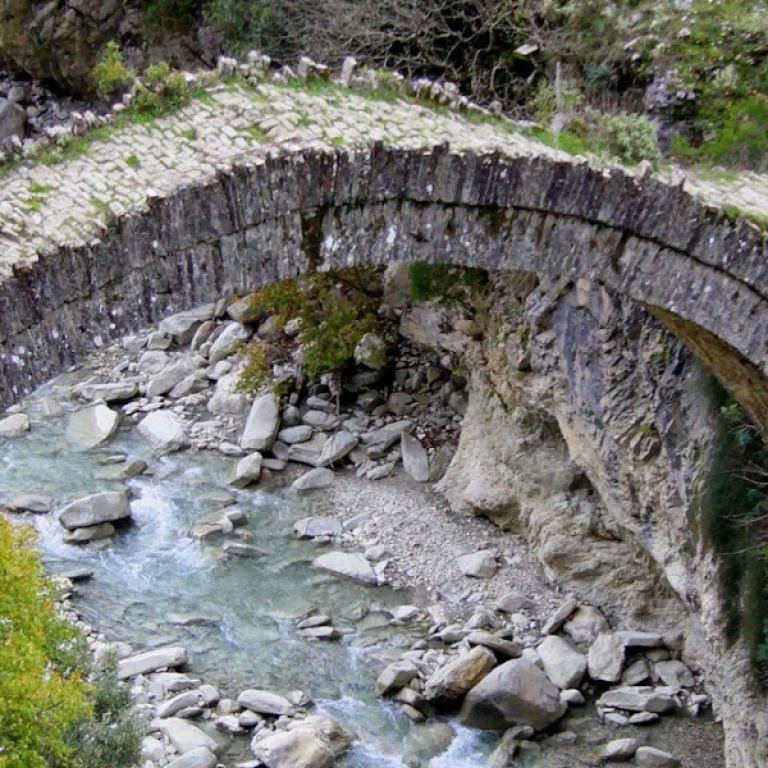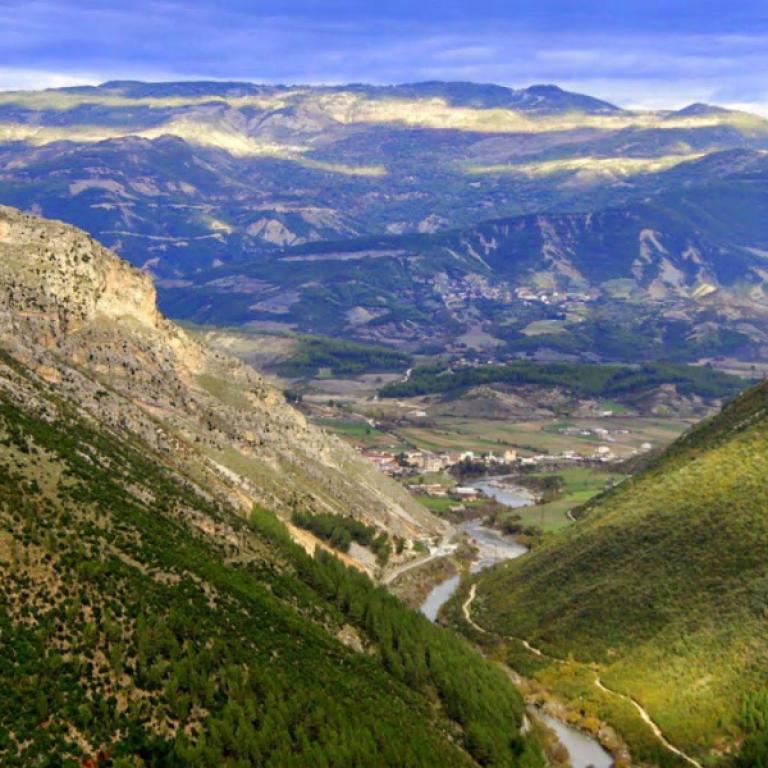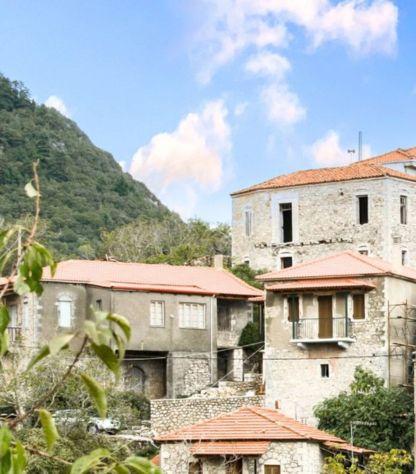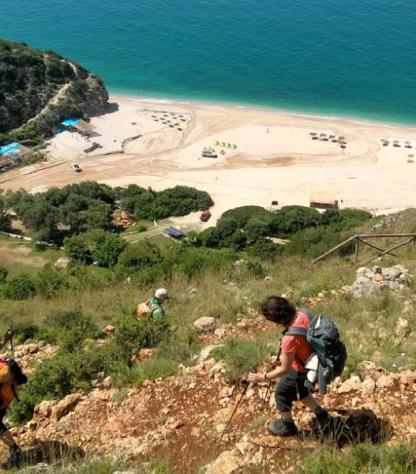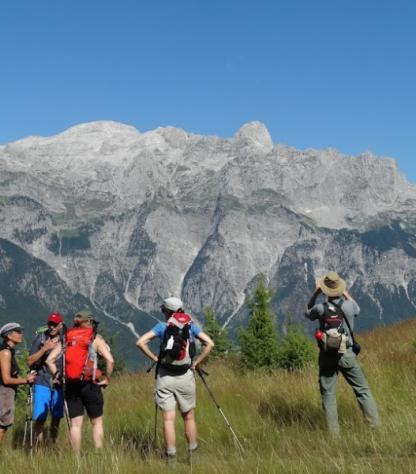Europe’s last wild river, Vjosa, winds its way across southern Albania. This journey sees one of the most impressive mountain-framed valleys one of its branches, the Zagoria River, has formed.
Trek from doorstep to doorstep through remote, idyllic villages where time stands still. Panoramas of flower-covered meadows circled by snow-capped peaks unfold in spring, the sweet harvest time awaits in autumn. Follow in the footsteps of caravan travel, cross historical Ottoman stone bridges, visit the well-preserved orthodox churches, and marvel at medieval frescoes. Bathe in a waterfall and the healing waters of thermal pools.
Experience history and tradition that come to life inside the finest mansions of the City of Stone Gjirokastra and conclude the journey in the dynamic capital city Tirana.
